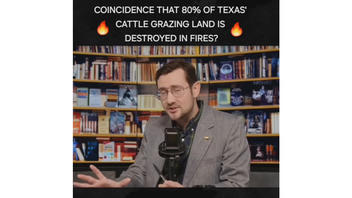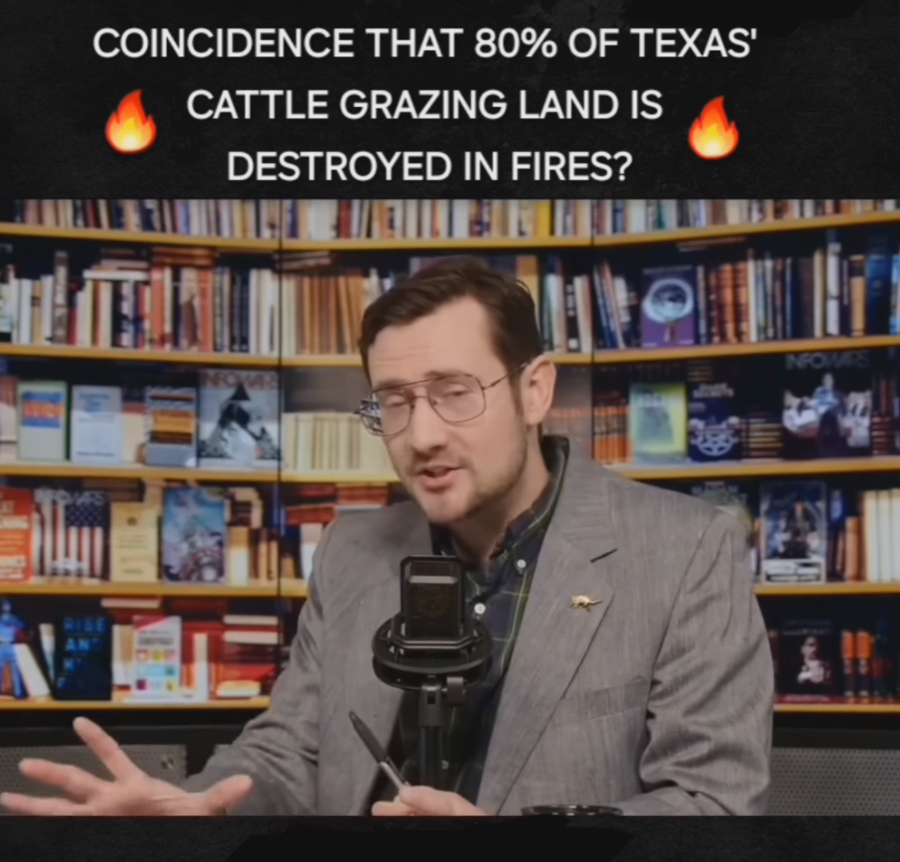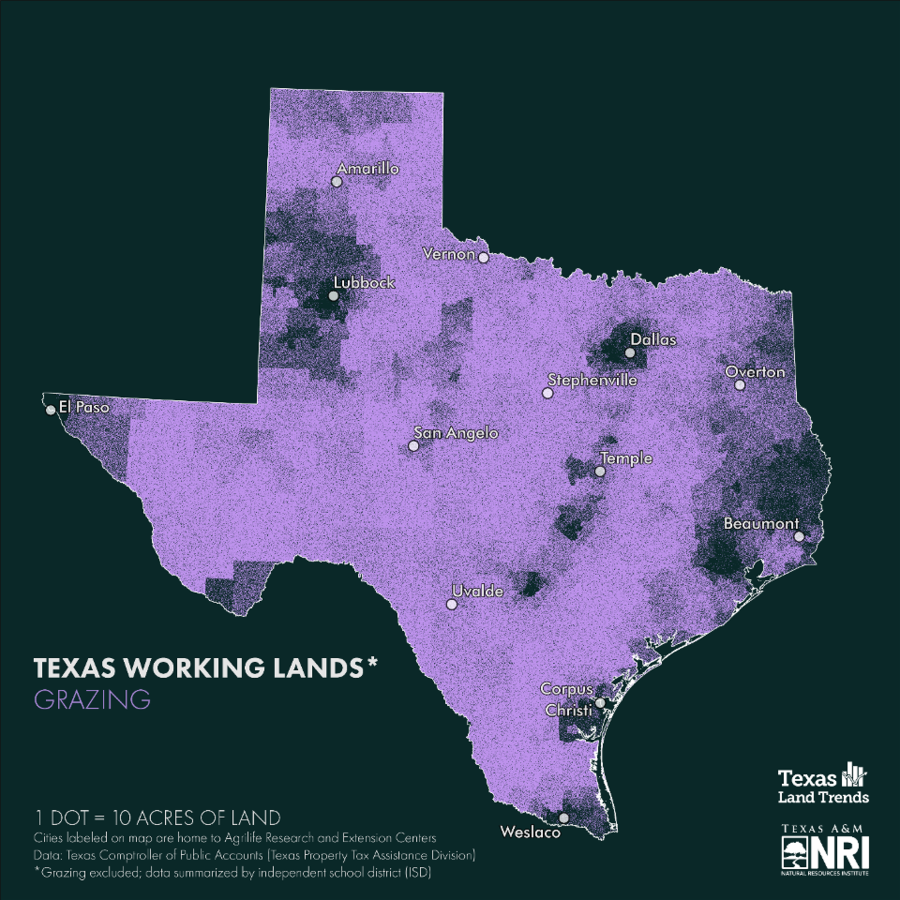
Was "80 percent of Texas' cattle grazing land" destroyed in the 2024 wildfires burning across the Texas Panhandle, as is claimed in a post and video on Instagram? No, that's not true: As of this writing, more than 1.2 million acres have been burned in the state in four active fires in the Texas Panhandle, which contains less than 10 percent of Texas' rangelands. More than 88 million acres of land in Texas are used for cattle grazing, of which 7.8 million acres are located in the Panhandle region where 80 percent of Texas' cattle are located.
The claim originated in a video shared on Instagram on March 4, 2024 (archived here) with a text overlay that read, "COINCIDENCE THAT 80% OF TEXAS' CATTLE GRAZING LAND IS DESTROYED IN FIRES?" A caption that accompanied the post read:
NO COINCIDENCE. If they control the food supply, media, education, and what we can and can not say, they control YOU !!
VOTE OUT ALL DEMOCRSTS AND LEFTIST GOVERNMENTS AROUND THE WORLD. THEN WE END THE GLOBALIST AGENDA.
Below is how the post appeared at the time of this publication:
(Source: Instagram screenshot taken Weds March 6 at11:36:00 UTC 2024)
An unidentified person in the video stated the following:
It just so happens that these recent wildfires have taken out the place where 80% of the cattle in Texas graze.
Gary Joiner (archive) of the Texas Farm Bureau (archive) told Lead Stories in an email received on March 8, 2024, that it is false to say that 80 percent of Texas' cattle grazing land has been destroyed in the fires. Joiner added that the Texas Panhandle consists of the northernmost 26 counties in the state with a land area of more than 25,800 square miles, or nearly 10 percent of the state's total. There are 254 counties in Texas, more than any other state in the country.
As of this publication, more than 1.2 million acres have burned in the state due to the four active fires in the Texas Panhandle. By comparison, the U.S. Department of Agriculture estimates (archive) that 125,000,000 acres of land across Texas are used for farm operations.
Wilbert Hundle, director of the U.S. Department of Agriculture National Agriculture Statistics Service (archive), told Lead Stories that based on figures published in 2022, there are more than 88 million acres of land in Texas that are used for cattle grazing, of which 7.8 million acres are located in the Panhandle region where the fires were burning.
"While 80% of the cattle raised in Texas do reside in the Texas panhandle that number does not reflect the number of cattle impacted by these fires nor did the fire burn enough grassland that would near that 80% of grasslands claim," Marshall Webb of the Texas Department of Agriculture (archive) told Lead Stories in an email received on March 8, 2024.
Thus the state's Panhandle region, where the wildfires occurred, does not contain 80 percent of the state's cattle-grazing land, the Texas Department of Agriculture confirmed.
As of March 11, 2024, there were three active wildfires in Texas, all of which were in the Texas Panhandle, according to the InciWeb (archive), an interagency all-risk incident web information management system provided by the United States Forest Service. Most recent figures compiled by InciWeb included the following fires:
-
Windy Deuce Fire at 144,045 acres (archive)
-
Smokehouse Creek Fire at 1,058,482 acres (archive)
-
Grape Vine Creek Fire at 34,883 acres (archive)
Though these figures are frequently updated depending on the most current conditions, as of this writing, over 1.2 million acres have been burned. The Texas A&M Forest Services also reported the above figures (archive).
Brittany Wegner, program manager of the Texas A&M Natural Resources Institute (archive), told Lead Stories in an email received on March 8, 2024, that the Smokehouse Creek Fire, the largest wildfire in Texas's history, impacted about six counties.
(Source: Texas A&M NRI)
Land managers do not say wildfire "destroys" land. Grasslands evolved with fire, which can restore native plants and grasses that make up healthy rangelands that are, ironically, more resistant to fire if they periodically burn.
















